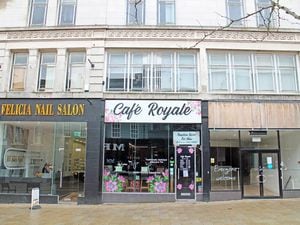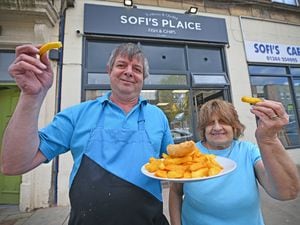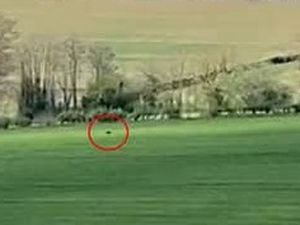Images of war are caught on camera in West Bromwich event
From taking pictures of the sporting stars of the 1940s to capturing the liberation of France on film – an exhibition of the work of talented wartime photographer Albert Wilkes has launched today.
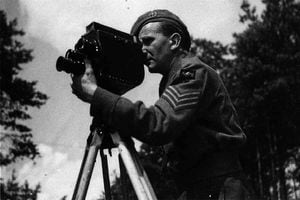
Curated by the West Bromwich Local History Society, the exhibition 'West Bromwich at War 1939-45' at Sandwell Arts Café will include never-before-seen pictures captured by a local photographer who was there for pivotal moments in the Second World War.
Albert Wilkes was 36 years old when the war broke out in 1939. Up until then he had been working with his father, a former Aston Villa, Albion and Walsall, footballer, who had set up a photographic business in West Bromwich specialising in football and cricket photographs.
With the outbreak of war Albert was initially called up to an Army Ordinance Unit stationed near Carlisle, but he then applied for a transfer to the Army Film & Photographic Unit (AFPU).
He joined Unit No. 5 in 1943 at Pinewood Film Studios, and was allocated to document the D-Day landings in Normandy in June 1944.
Albert went on to follow the progress of troops in the battles to liberate France, then on into the Netherlands and Belgium, having several lucky escapes. He even managed to photograph Field Marshal Montgomery overseeing building operations.
At the beginning of 1945, he was in the Reichswald Forest as the Allies fought their way towards the Rhine. In April, along with others from the AFPU No. 5, he entered Bergen-Belsen Concentration Camp.
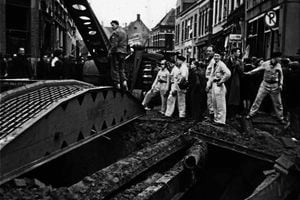
Later speaking to his family about his experiences, Albert said: "One thing that photographs can't do is capture the smell."
Albert followed the troops all the way to Berlin. He attended the Potsdam conference in July, photographing Stalin, Churchill and Truman in the Cecilienhof garden. He then photographed the Victory Parade in Berlin in September and the Court Room under construction in the Town Gymnasium in Lüneburg, before the start of the trials of the Belsen Guards.
Not stopping there, Albert went on to travel across Germany, revealing through his images how it had been reduced to a nation of rubble, with millions of homes destroyed.
His job was then to document the post-war reconstruction efforts in the British sector, including the provision of food, water, sanitation, and the new infrastructure of roads and bridges, and the return of peace.
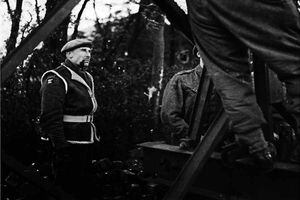
He finally came back home to West Bromwich in 1946, and went back to sports photography.
The project has been supported by the Heritage Lottery Fund, a bequest from the late President of the West Bromwich Local History Society, Stan Wilkins, and the West Bromwich Civic Pride Association.
Visitors can see the exhibition which includes Albert's photographs and memorabilia at Sandwell Arts Café, at Sandwell College's Central Sixth campus, on New Street, West Bromwich, Monday to Friday, 10am to 5pm, from today to December 2.
There are also a number of events scheduled to complement the exhibition.
On October 8, at 11am, the Central Library in West Bromwich hosts Oldbury Writers Group, who will present a reading from their anthology of their World War Two writing.
Then on October 28 the launch of the new West Bromwich Local History website will take place at the Arts Café, from 2pm to 4pm, with a talk from historian Robin Pearson.
The West Bromwich Local History Society is also working on a project looking at the impact of the Second World War on the town and the surrounding area.
Using personal reminiscences, photographs and memorabilia, the Society is producing a new book along with the website, which also profiles the broader historical materials the Society hold.
For more details go to www.westbrom wichhistory.com

